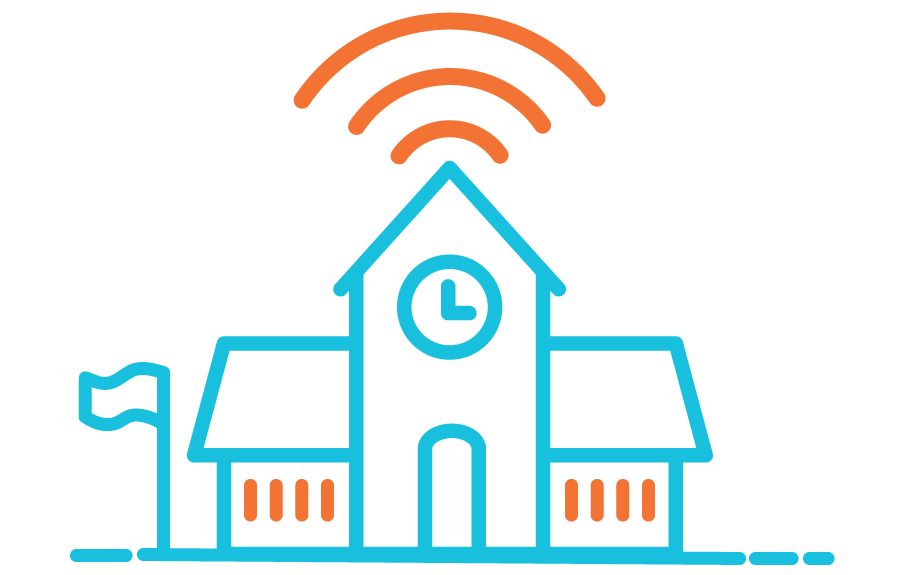
OVERCOMING BUDGET AND TECHNOLOGY RESTRAINTS
As technology moves forward at a blistering pace, schools across the country are struggling to keep up– balancing their responsibility to provide relevant educational tools with stifling budget constraints.
One school district in rural Texas understood this challenge all too well. The district’s 5-school network had been running on frame relay technology since the early nineties. Costly and inefficient, the network was not well suited for advanced learning tools like video conferencing and was being stressed by increased volumes of e-mail and web traffic. Previous attempts at upgrading the network had been stalled due to high rural bandwidth costs.
The district’s phone service had also been chewing up budget from expensive charges from PRIs deployed among the district’s school and administrative locations.
As recipients of E-rate funding through the federal government’s USAC program, the district aimed to achieve the following:
- Enable technology-based learning tools
- Upgrade wide area network technology
- Upgrade voice service
- Contain costs
BETTER TECHNOLOGY TO ENABLE LEARNING
Having worked with hundreds of schools, Nitel saw an opportunity for this school district to achieve their goals while keeping costs in line. The school rolled out a new MPLS network for its five schools. The network provided adequate bandwidth to meet its current needs while enabling the district to roll out a new “enhanced learning” program with advanced web tools and video conferencing for its students.
The new MPLS service proved to be much more flexible than what they had in frame relay. Their ability to run their voice and data over a single MPLS connection meant that they could better utilize the bandwidth they had without sacrificing quality or reliability.
The district also rolled out a new SIP based phone system using Nitel’s n-Tellivoice service. The SIP service allowed the district to pool SIP trunks across all their locations rather than allotting a full PRI for every location. This meant that the district could purchase fewer trunks, saving them money. Even better, when trunks weren’t being used, that bandwidth would be available for access to the Internet.
Client checklist |
Nitel Solution |
|
|
|
|
|
|
|
|

